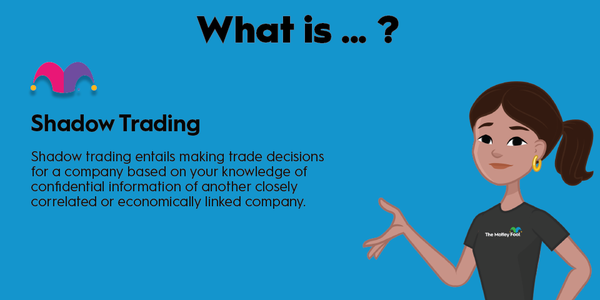A statement of shareholders’ equity is a simple calculation obtained from a company’s balance sheet. It basically summarizes the ownership of a company and can be used to quickly determine the difference between assets and liabilities. Read on to find out why this statement is important, its components, and how it’s calculated, and to check out an example of one.

What is it?
What is the statement of shareholders’ equity?
Put simply, a statement of shareholders’ equity is part of a company's balance sheet that provides investors with a quick description of the company’s performance. It’s often derived by subtracting a company’s liabilities from its assets. Although it’s found easily enough by looking at a balance sheet, the statement of stockholders’ equity is often overlooked in favor of metrics such as cash flow, net profit, and net loss.
A statement of shareholders’ equity also can be useful for investors who want more information about a single component of the company’s ownership. Subtracting liabilities from assets can provide investors with the total amount of capital that owners have provided to a company.
Components
Components of shareholders' equity
There are four main components to stockholders’ equity: share capital, retained earnings, net income, and dividends. Let’s take a look at each.
- Share capital tells us how much money a company raised by issuing stock, either through a secondary offering or through an initial public offering (IPO). The money that the company receives for the stock is its share capital.
- Retained earnings provides information about the amount of money that a business has kept after it pays dividends to shareholders, as well as shares that have been repurchased in stock buybacks.
- Net income gives us the money that a company made after paying all expenses and deductions, otherwise known as the cost of operations.
- Dividends are earnings paid to shareholders. Although not all companies pay dividends, many choose to reward stockholders with a share of their profits. Dividends can be issued on a monthly, quarterly, semiannual, or annual basis, with the amounts generally fixed by the stock agreement.
Calculating it
Calculating shareholders' equity
There are two basic formulas for calculating stockholders’ equity from a balance sheet. As we’ve discussed, one is almost painfully simple and consists of subtracting liabilities from assets:
Shareholders’ equity = Assets – Liabilities
Another way is a bit more involved but provides a more detailed view of the components of shareholders’ equity. It’s the sum of the total value of a company’s shares along with any additional capital the company has provided as well as retained earnings:
Shareholders’ equity = Common shares + Preferred shares + Paid-in capital + Retained earnings
Example
Example of shareholders' equity
Most companies will provide a simple line on their balance sheet that displays the amount of equity held by shareholders. Again, though, it’s easy enough to calculate, even for very large companies with quarterly and annual reports that can be quite lengthy. Apple (AAPL 0.11%), for example, makes it easy on investors with a balance sheet that shows current and noncurrent assets and liabilities, giving us not only an easy calculation but also a bird’s-eye view of its assets and liabilities by category.
In early 2023, the tech giant reported that it held $128.8 billion in current assets -- such as cash, inventory, marketable securities, and accounts receivable -- and another $217.9 billion in noncurrent assets, for a total of $346.7 billion. Its current liabilities, which included accounts payable, deferred revenue, and most debt, amounted to $137.3 billion. Noncurrent liabilities came to $152.7 billion, which meant Apple’s total liabilities were $290 billion.
Simple math then tells us that Apple’s shareholders’ equity came to roughly $56.7 billion, a figure that the company repeated on the last page.
FAQ: Shareholders' Equity
What is the difference between shareholders’ equity and book value?
There’s not much real difference; it depends on whether the investor wants to use the difference between assets and liabilities to calculate its sale value or look at components within shareholders’ equity such as dividends, retained earnings, etc., to gauge its performance.
Do share buybacks affect shareholders’ equity?
They do. Because the number of shares is reduced in buybacks, shareholders’ equity generally declines.
Can shareholders’ equity be negative?
It can, but that means the company is insolvent.




































































































